Support the LA Phil
Keep the music going. If you are able, please help the LA Phil continue to make programs like this one and impact lives through music education.
Give now:
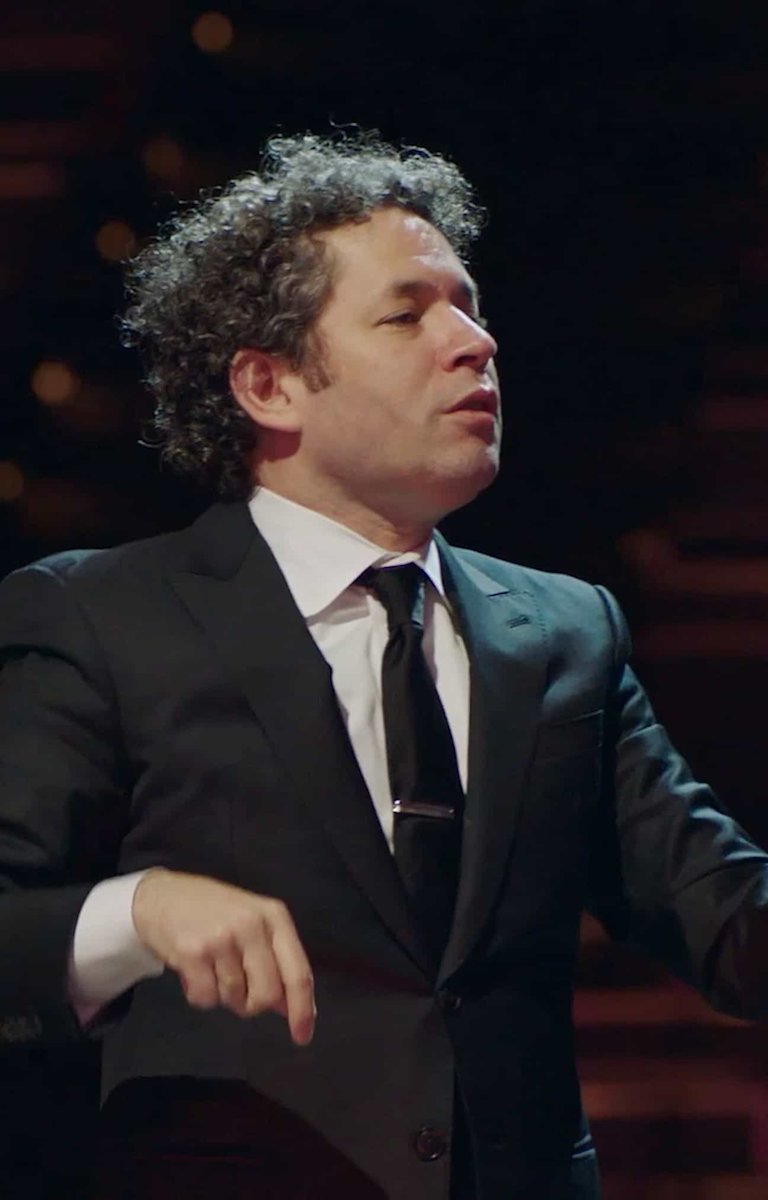
Season 2 - EP2
A Pan-American Musical Feast
This concert’s streaming date has passed. Enjoy its accompanying essay, interview, special performances and more below.
This episode was released on Mar 19th
About the episode
For Gustavo Dudamel and chef José Andrés, great music and great food have a lot in common. Both can evoke powerful emotions, and both can bring cultures into harmonious conversation with one another. Join these two masters of their crafts as they explore the many flavors of the Pan-American musical imagination.
Gustavo Dudamel
Conductor
Los Angeles Philharmonic
Orchestra
José Andrés
Special guest
Program
Fanfarria
Cuban-born composer and conductor Tania León became a founding member and the first musical director of the Dance Theater of Harlem in 1969, establishing its music department, music school, and orchestra. She was commissioned to write this short, celebratory Fanfarria for the Library of Congress Aaron Copland Centennial Celebration in 2000, employing four trumpets, two trombones, one bass trombone, and one percussionist.
Composed: 2000
Orchestration: 4 trumpets, 3 trombones, percussion (large bass drum, medium bass drum, suspended cymbal, tenor drum)
Sinfonía Burocrtáica ed’Amazzonica: “Bananera”
Venezuelan cellist and composer Paul Desenne fuses Latin American and European elements in his music, such as his Sinfonía Burocratica ed’Amazzonica, a tropical chamber symphony in five movements. The title refers to the clash between the extremes of modern South American mythology: the untamed wilderness and corrupt “civilization.” “Bananera,” the fourth movement, is propelled by cumbia, the predominant dance genre of Colombia’s Caribbean coast and often heard in Venezuela. The composer writes, “The poignant, recurrent theme in the clarinets is set in a laid-back and sometimes frail dance structure, delivering sudden changes in mood and intensity, some of which are unexpectedly pompous and awkward, others ironically shabby.”
Commissioned by The New Juilliard Ensemble & Joel Sachs
Composed: 2004
Orchestration: flute (piccolo), 2 clarinets, bass clarinet, bassoon, contrabassoon, horn, trumpet, trombone, tuba, timpani, 3 percussion (tin torpedo, rattily bell, dry bell, rim or small plate, large cowbell, marimba, vibraphone), harp, strings (5 first violins, 5 second violins, 4 violas, 3 cellos, 2 basses)
Appalachian Spring Suite
Legendary American music patron Elizabeth Sprague Coolidge commissioned Aaron Copland to compose a ballet for dancer/choreographer Martha Graham. “After Martha gave me this bare outline, I knew certain crucial things—that it had to do with the pioneer American spirit, with youth and spring, with optimism and hope,” Copland wrote. He had no idea what the title would be, and it’s unlikely that any of them suspected the resulting collaboration would become such a beloved icon of American culture. The original complete ballet was written for only 13 instruments. Copland extracted a suite and scored it for full orchestra, which earned him the Pulitzer Prize for Music in 1945. Here we play the suite (shorter than the ballet by 10 minutes) in the edition for 13 musicians.
Composed: 1944
Orchestration: flute, clarinet, bassoon, piano, strings (4 violins, 2 violas, 2 cellos, 1 bass)
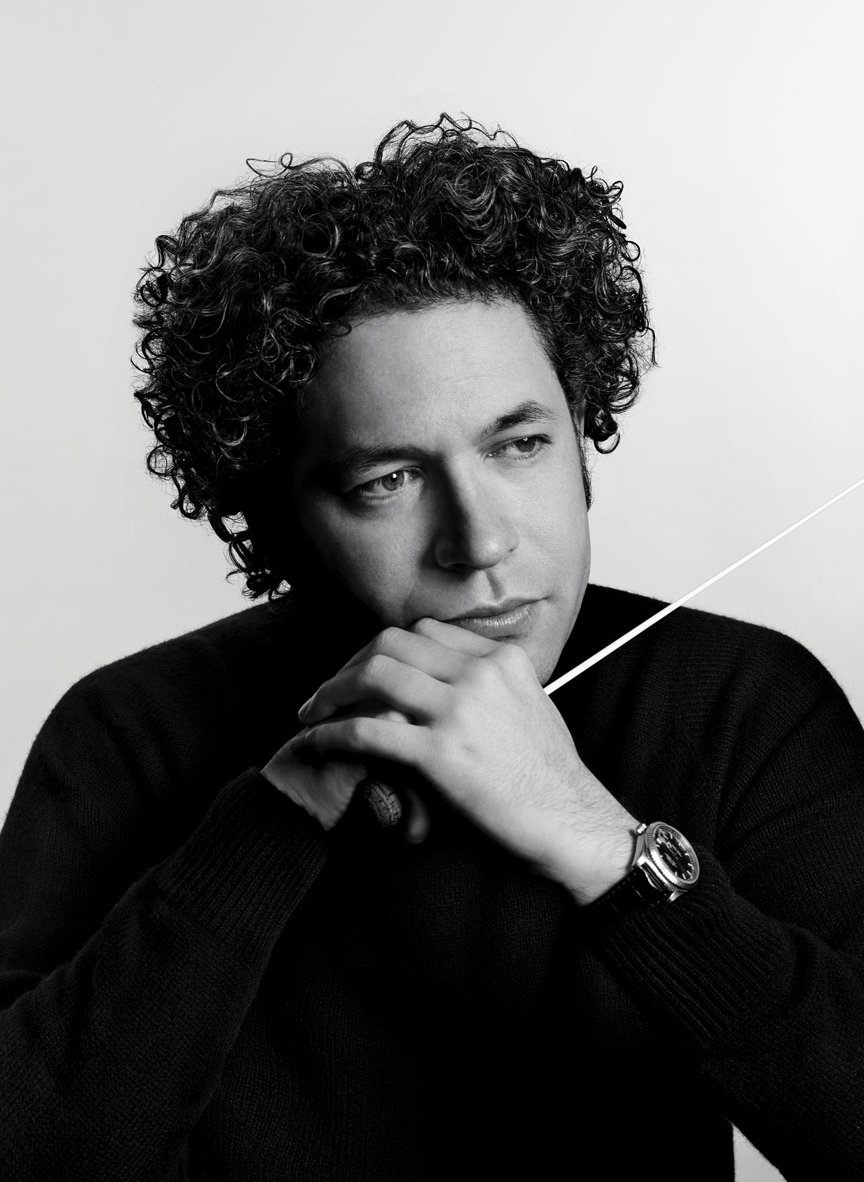
With Gustavo Dudamel
Behind the Music
This program is part of a broader Pan-American Musical Initiative that will stretch over the next five years. It’s a relatively eclectic program, as I imagine the initiative will be too. What are you hoping to convey with programs like this?
The program starts with Tania León’s Fanfarria, which is dedicated to Aaron Copland. His work was a huge influence on her piece, and I think that’s where you start to see the arc that connects this program, even if it sounds eclectic at first. The places where people wrote this music—across the Americas—are very connected, and by showing this connection, we start to see that there are more bridges than borders in our world.
For example, Paul Desenne is a composer of a new generation, and being Venezuelan, he writes about his identity in relationship to the land. Copland is also doing this with Appalachian Spring. I also think Copland is a reference for Desenne, in the way of orchestration. You can see their connection in the structure and in their imaginations.
With all of this, we want to show how beautiful it is that while we are diverse, we are also connected.
José Andrés is also part of this program, and viewers will hear you speaking with him throughout the episode. Can you tell us about your relationship with him?
José has one of the most incredible personalities. It brings me joy to talk to him. He has such an energetic way to live—not just two hours a day but all the time.
I know him as a leader. When he’s working, he’s very strict. It’s like a doctor. He goes into the detail. He takes care of everything and takes care of the people that surround him. For me, he’s one of the best symbols of an amazing conductor.
He is also one of the most generous and creative people in the world. What he’s doing with his foundation by bringing food to people in difficult situations is amazing. He is amazing. With José, it is pure love all the time.

FAMILY ACTIVITY
Great music and great food have a lot in common
Enjoy these activities you can do at home.
Activity 1, Word Search: Music and food bring us together, spark emotions, and can be celebrations. In this activity, challenge yourself to find all the words related to food, music, and the Americas.
Activity 2, Recipe for a Composition: In the same way that chefs look to their local farmers to inspire their cooking, composers use inspiration from their communities to compose music. Activate your creativity and use this worksheet to write your own composition inspired by food.
Activity 3, Coloring: Tania León, composer of Fanfarria, lived in Havana, Cuba, before moving to New York City, and much of her music is inspired by her Cuban heritage. Grab your coloring utensils, like markers or crayons, to draw the vibrant buildings of Havana.
Share your creations with your friends, family, and us! With the help of an adult, email a photo of your work to learning@laphil.org or tag us at @laphil on Instagram.
Activities written by Daniel Jacobs
About LA Phil Learning Programs - The LA Phil is committed to learning alongside our community, and to enabling and supporting the next generation of musicians, whether they’re picking up an instrument for the first time or penning their own compositions. Learn more here.
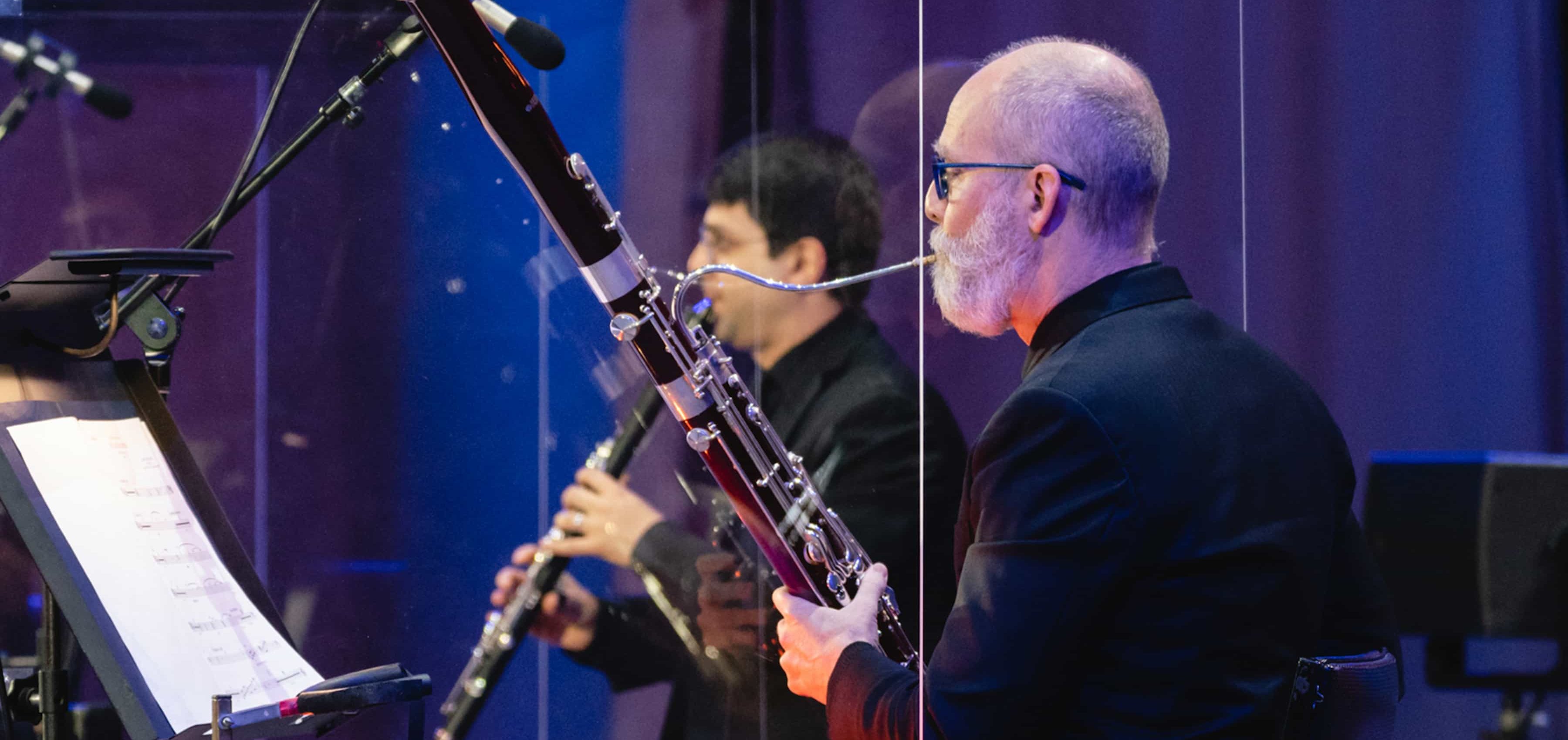
Listen Up
A Playlist from The Ford
The Uruguayan musician Jorge Drexler said, “Todos en el fondo somos de ningún lado del todo y de todos lados un poco”—“Deep down we are not completely from one place but a little from everywhere.” Each song on our Pan-American Music playlist is rooted in a different location in the Americas and evokes a sense of unique cultural heritage. These selections include traditional and iconic contemporary artists who have been influenced by Latin musical movements and reflect the ways in which African and Native cultural expressions have combined to shape a broader and always-evolving Pan-American identity. Together, they shine a light on the rich traditions and modern-day creativity that characterize the Americas through the eyes of a new generation of musicians.
Compiled by The Ford’s Director Cynthia Fuentes and Content Coordinator Rafael Marino
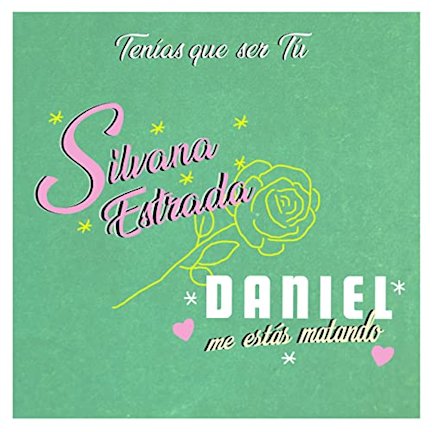
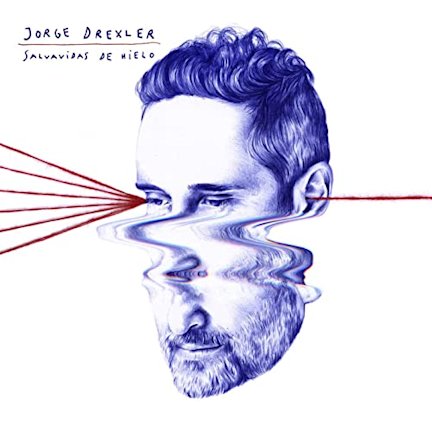
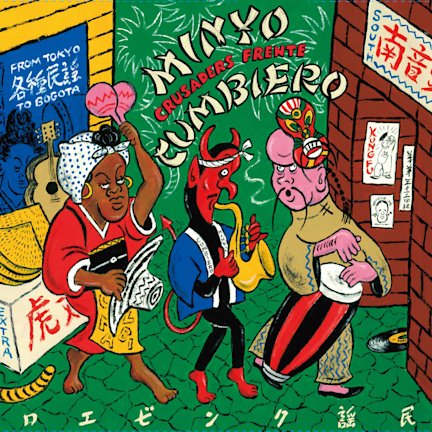
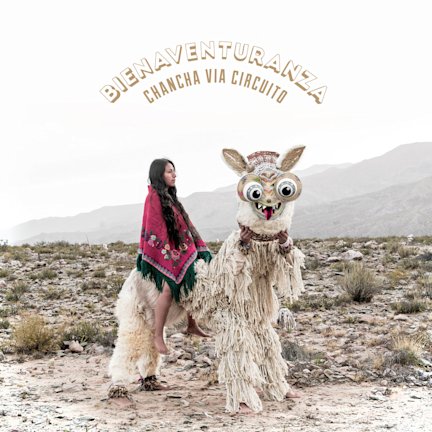
An LA Phil Media Production LA Phil Media is supported by the David C. Bohnett Discovery and Innovation Fund
Gustavo Dudamel Music & Artistic Director
Directed by Alberto Arvelo and Camila Martins FEATURING José Andrés, special guest LOS ANGELES PHILHARMONIC LA PHIL STAFF SOUND DESIGN Audio Producers: Dmitriy Lipay, Alexander Lipay Recording and Mastering Engineers: Dmitriy Lipay, Alexander Lipay LIGHTING DESIGN Robin Gray Tyler Lambert-Perkins Academy Lighting Consultants
IATSE LOCAL 33 Kevin Brown, Master Carpenter Andy Kassan, Master Electrician Donald Quick, Property Master Michael Sheppard, Master Audio-Visual/Union Steward Kevin Wapner, Assistant Audio-Visual The stage crew is represented by the International Alliance of Theatrical Stage Employees and Moving Picture Machine Operators of the United States and Canada, Local 33
CANNONBALL PRODUCTIONS Directors: Alberto Arvelo & Camila Martins Executive Producer: Andrea Struble Producer: Caroline Olivera Phelan Production Supervisor: Nick Batchelder Commercial Coordinator: Marla Ovledo Director of Photography: Andrew Shankweiler POST-PRODUCTION Editor: Jarrah Gurrie Sound Mix: Yu-Ting Su Color Correction: Nice Shoes Post Maria Carretero Sal Mafitano Producer: Katie Hinsen WEBSITE ToyFight